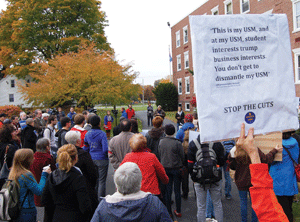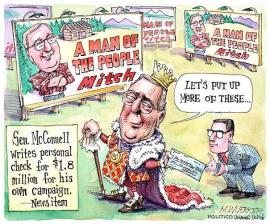The third part of “Children of the Recession,” UNICEF’s report on “the impact of the economic crisis on child well-being in rich countries,” focuses on Gallup Poll data about people’s experiences and perceptions of the most recent crisis of capitalism.*
In 18 of the 41 countries, three or more of these indicators reveal rising feelings of insecurity and stress from 2007 to 2013. The most severely affected countries—including the United States—are clustered at the bottom of the table.
In terms of its impact on personal experiences and perceptions, the Second Great Depression is certainly not over. In 13 countries—again, including the United States—negative responses to three or four questions were still rising between 2011 and 2013, particularly in countries such as Cyprus, Greece, Ireland, Israel, the Netherlands, Spain and Turkey.
*Due to data availability, the numbers in the table refer to the population in general, not to families with children. Countries are ranked based on their average score across the four indicators, each of which measures how responses changed between 2007 and 2013. The highest number indicates the sharpest change. Column 5 indicates how many of the responses to the four were negative over the full period.

















